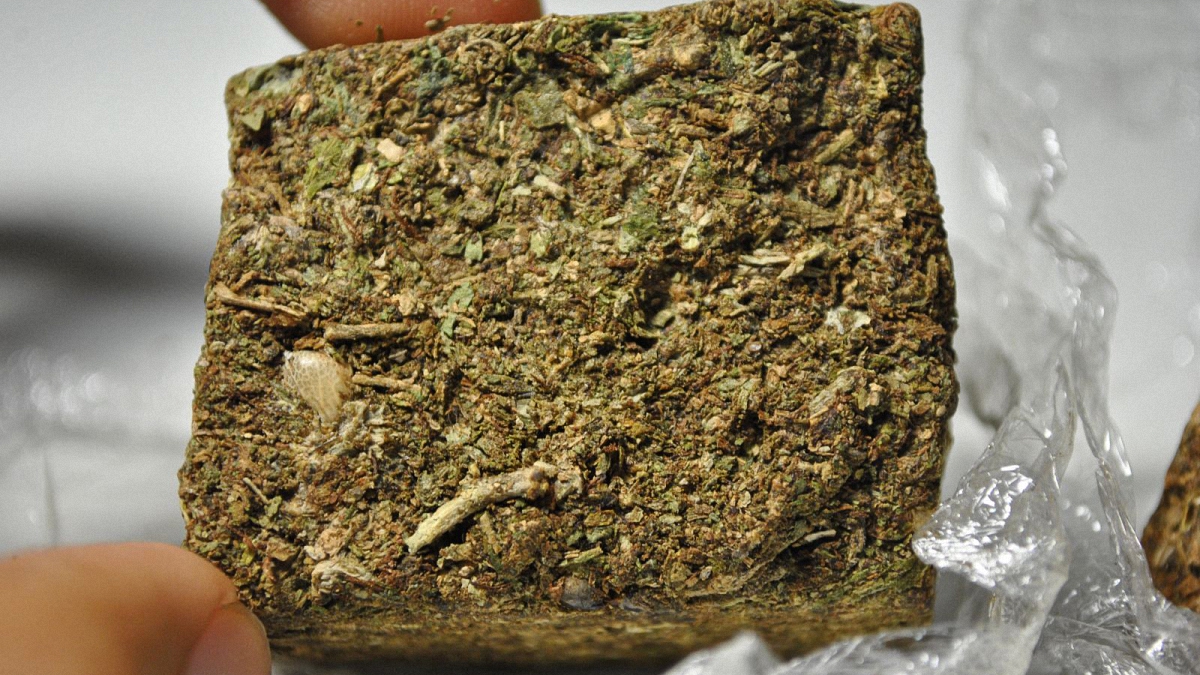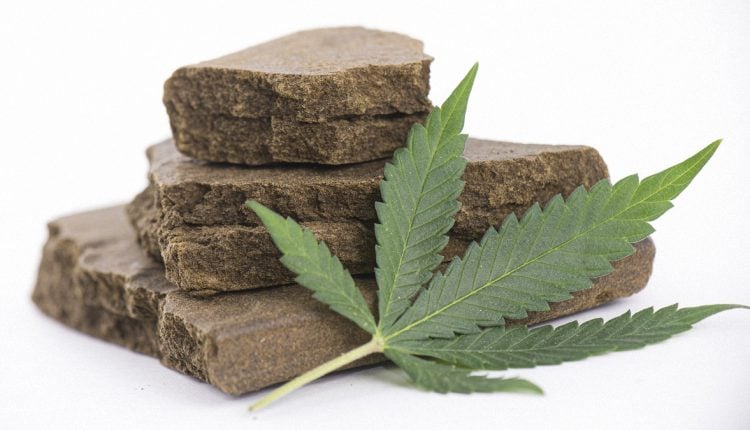If you can’t remember an era without cell phones or home computers, you’ve probably never had the “pleasure” of buying and smoking brick weed. Your parents probably did, though. In fact, that may have been the only type of pot they could get their hands on back in the day.
To many people’s surprise, brick weed does still exist. It’s the least expensive type of herb you can buy, but the old saying “you get what you pay for” usually applies.
Here’s what you need to know about old-school brick weed.
Why Is It Called Brick Weed?
Some names are startlingly-accurate descriptions, and this is one of them. Brick weed is a large amount of cannabis that has been compressed into the shape of a brick.
Why would anyone do that to their plants? Well, in those bad old days before cell phones and home computers, home growing and commercial cultivation ranged from rare to non-existent. The pot that was available was brought in from other countries, primarily Mexico, and the growers couldn’t exactly ship their product in large, climate-controlled trucks marked “MARIJUANA! HANDLE WITH CARE!”
In other words, prohibition meant that the weed had to be smuggled in easily-concealable packages. The best way to do that was to take the plants and smash them down into bricks, which were simple to hide and simple to move. For that reason, almost all of the product that arrived in the U.S. or Europe until the 1990s was brick weed. The large bricks were wrapped in tape, and distributors/dealers broke them up into smaller bricks for sale.
The Problem with Brick Weed

It’s not hard to understand why brick weed was (and is) far inferior to most of the cannabis available today.
When you take a bunch of plants and smash them into a brick with a hydraulic press, you’re destroying many of the trichomes (better known as the kief) that contain the majority of marijuana’s THC and other cannabinoids, as well as the terpenes that determine the pot’s therapeutic properties. Additionally, bricks usually contain all of the plant – including the leaves, stems, and seeds.
The bottom line: brick weed sorely lacks potency, particularly when compared to the pot available today in dispensaries or even on the street. Making things worse, the plants often aren’t dried before they’re crushed, making the bricks damp on the inside and creating a nasty aroma much like ammonia. Even if the plants are dried first, their long stay inside a brick can make the entire product brittle and crumbly.
So why would anyone buy it?
Any Port in a Storm
Those whose “bud-get” won’t allow them to purchase high-quality weed may have no choice but to resort to whatever they can find, as long as it’s green and smokeable. Brick weed fits that description, as it normally costs about one-quarter of the price of marijuana sold at dispensaries. Speaking of which, brick weed may also be the only product available in prohibition states, at least during dry spells.
To be fair, the quality of brick weed can vary considerably. Unfortunately, there’s no way to judge it; it’s primarily a matter of trusting a dealer’s word that the product was primarily made from buds, or that it came from high-quality plants. Take his word with many grains of salt; most bricks sold in the US these days come from Mexico or Paraguay, while most of the bricks sold in Europe are from Albania. There’s no way he could honestly vouch for their quality.
Resorting to brick weed? The best approach is to gently separate the pieces of the brick, by wrapping it in a paper towel and holding it over the steam generated by hot water. That will soften the block and allow you to break it apart – after which you can smoke it like any other herb.
It won’t be the best high you’ve ever had, but at least you can tell your parents (if you have that sort of relationship) that you understand what they had to go through when they were your age.
